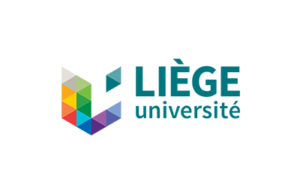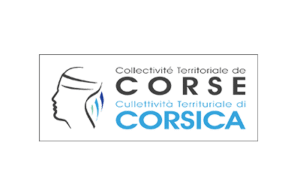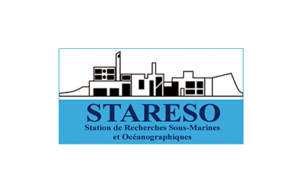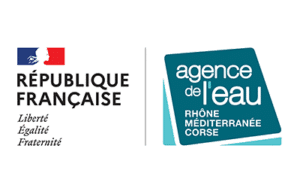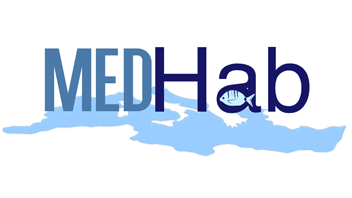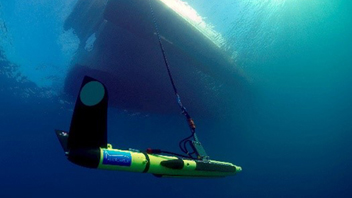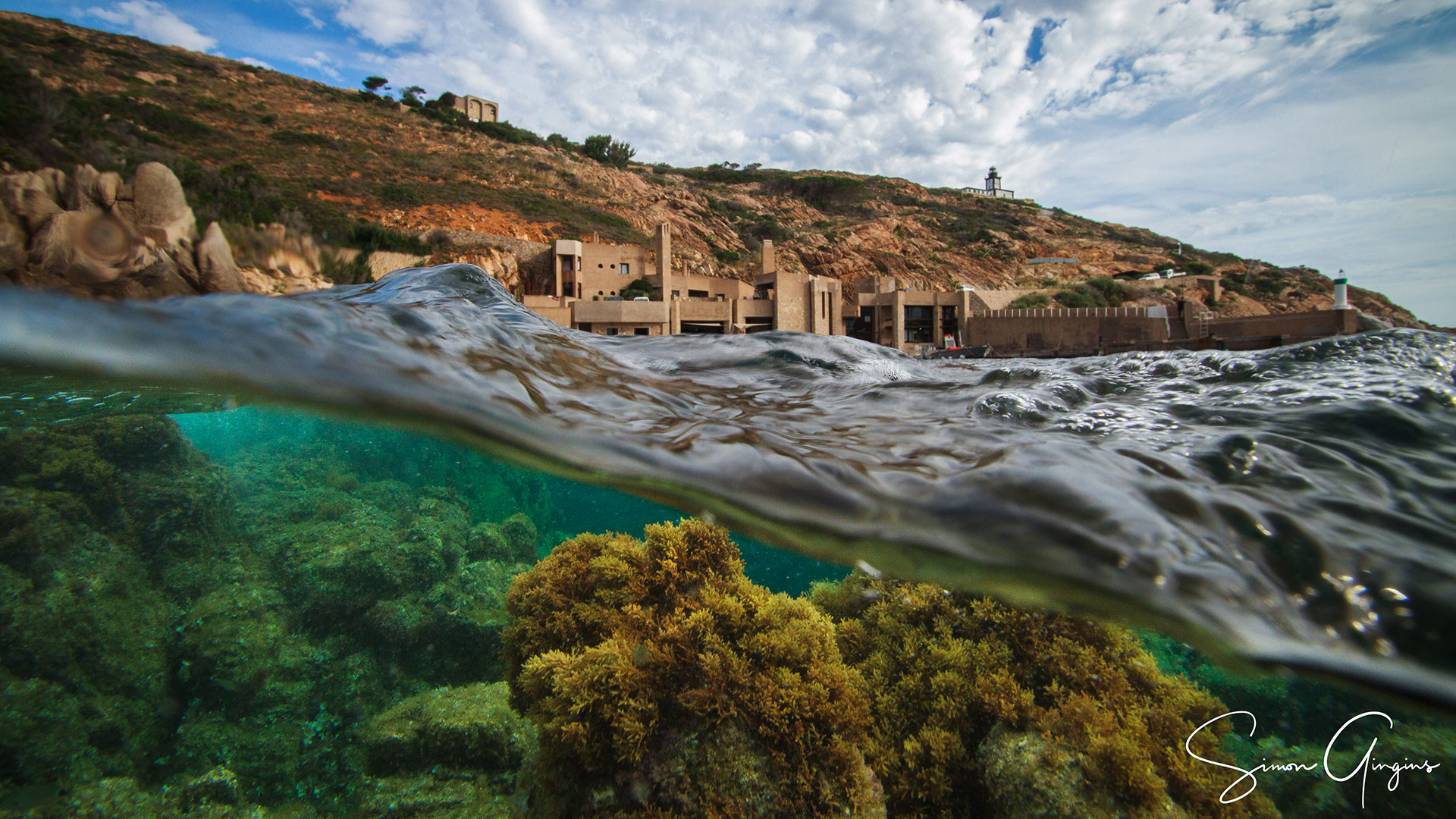
STATION OF REFERENCE AND RESEARCH ON CHANGE OF LOCAL AND GLOBAL ANTHROPOGENIC PRESSURES ON MEDITERRANEAN ECOSYSTEMS DRIFTS
The main aim of the STARECAPMED project (STAtion of Reference and rEsearch on Change of local and global Anthropogenic Pressures on Mediterranean Ecosystems Drifts) is to make the Bay of Calvi a reference workshop site in the Mediterranean and to study the links between the state of marine ecosystems and the influence of human pressures (state-pressure link). The Bay of Calvi is also an ideal site for studying the effects of climate change on the state and functioning of marine ecosystems. As such, this workshop site analyzes both typical local Mediterranean pressures (pleasure boating, artisanal and recreational fishing, aquaculture, scuba diving, wastewater treatment plant outfalls, port areas, pollution, etc.) and their potential impact on the marine environment, as well as the larger-scale oceanographic processes affecting the Mediterranean. In addition, the project will provide a better understanding of the environmental context of the Bay of Calvi, offering a framework conducive to the deployment of scientific dynamics external to STARESO (researchers, institutes, associations), whether local or international, whose results will ultimately enrich STARECAPMED. Finally, STARECAPMED also aims to test new approaches and develop new tools to support local policies to protect the marine environment and guide adaptation policies in the face of climate change.
All the work carried out within the framework of the project is compartmentalized into several interconnected lines of research, namely:
- Meteorology, hydrographic and physico-chemical framework;
- Plankton ecosystem;
- Monitoring and quantification of pressures ;
- Benthos of soft substrates ;
- Marine phanerogams;
- Anchoring and alteration processes in Posidonia meadows;
- Hard substrate benthos and vagile fauna;
- Ichthyological communities ;
- Algal associations ;
- Ecotoxicology;
- Plastic and microplastic pollution;
- Protected areas, new species, recruitment ;
- CO2 balance of ecosystems
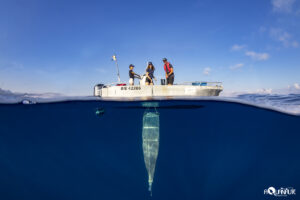
Zooplankton sampling during bi-monthly campaigns @Stareso
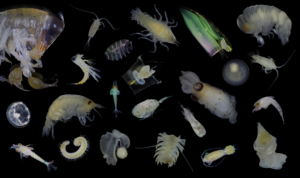
Assembly of zooplankton organisms @stareso
One of the project’s research priorities is the monitoring of physico-chemical and planktonic parameters in the water column. These are monitored at four reference stations, namely Tête de Canyon, Point 60m, Site DCE 40m and Port de STARESO, and five stations subject to anthropogenic pressures: the mouth of the Fiume Seccu, the outfall of the Calvi wastewater treatment plant, aquaculture cages, the Calvi organized anchorage area and the heavily frequented yachting area in the Baie de l’Alga. As a non-exhaustive example of data acquisition, for the “Tête de Canyon” station, variations in temperature, dissolved oxygen and salinity are available from 2012 to 2022, as are variations in chlorophyll a and nutrient concentrations (nitrogenous elements, phosphates, silicates) from 2012 to 2021, and surface temperature trends since 1981 at the STARESO port. Among the various monitoring activities aimed at defining the state, evolution and functioning of ecosystems (coralligenous, seagrass beds, soft substrate, planktonic compartment, etc.), a census of red lobster (Palinurus elephas) recruitment is carried out annually at three stations identified as ideal for the settlement of red lobster juveniles: Punta Revellata, St François and the Calvi fishing station (Reserve). An example of work concerning the quantification of the influence of anthropogenic activities is the study of yachting in a heavily frequented area. These dynamics are quantified using various monitoring methodologies, including semi-automated counts, determination of the quality of benthic macrofauna and the production of centimeter-resolution benthic biocenosis maps.
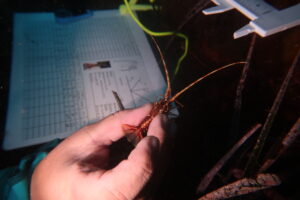
Measuring a juvenile lobster @Stareso
In addition to quantifying the impact of anthropogenic pressures, we also take steps to facilitate the restoration of environments, for example by setting up an experimental protocol for restoring Posidonia meadows damaged exclusively by anchoring. Finally, through the STARECAPMED workshop site, STARESO has developed a series of indices and indicators of the quality of water masses and marine ecosystems, which are measured at high frequency in the Bay of Calvi: AMBI, CARLIT, FAST, LIMA, ICAr, PREI.
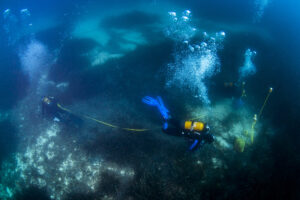
Posidonia meadow restoration at anchor marks @Stareso
Results and descriptors available on MEDTRIX :
The user can view data on the recruitment of red lobsters, Palinurus elephas (2012 to 2022), physico-chemical and biological parameters of the water column and the various ecological qualification indices measured (AMBI, CARLIT, FAST, LIMA, ICAr, PREI).
Mapping of Posidonia meadows (2002, 2012 and 2018) and marine biocenoses (2018) can be seen in the Bay of Calvi, as well as the delimitation of protected areas (SPA, Revellata fishing block).
The data comparison tool is available in this project. It enables the user to compare the various ecological qualification indices (AMBI, CARLIT, FAST, LIMA, ICAr, PREI), lobster recruitment and metabolic flux between the different sites monitored.
The work on the workshop site is funded by the Agence de l’eau Rhône Méditerranée et Corse, the Collectivité Territoriale de Corse and Stareso. The project is being carried out in scientific collaboration with the University of Liège.
Contact : Lovina Fullgrabe (l.fullgrabe@stareso.corsica)
Project Leader : STARESO – http://www.stareso.com/
Update frequency : Annual
Partners : Stareso, University of Liege, Territorial Collectivity of Corsica, Rhone Mediterranean and Corsica Water Agency
Associated scientific publications
Veuillez trouver dans le document ci-après, la liste des publications réalisées dans le cadre du projet STARE-CAPMED – Bibliographie STARECAPMED
